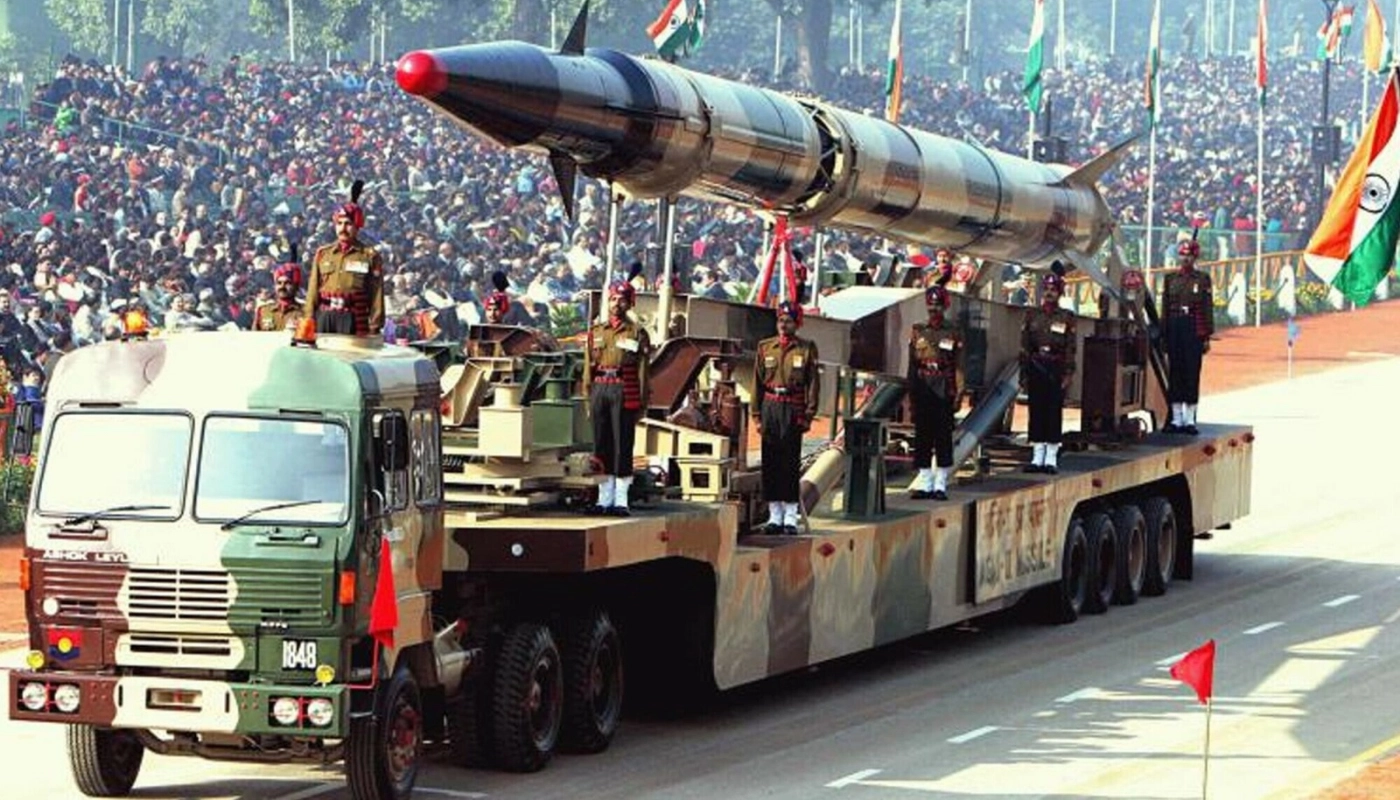New Delhi – A new report from the Stockholm International Peace Research Institute (SIPRI) reveals that India has slightly increased its nuclear arsenal, now estimated at 172 warheads, surpassing Pakistan’s estimated 170 for the first time since 1999 . However, the report underscores China’s dominance—with its stockpile rising to approximately 500 warheads, about three times larger than India’s .
SIPRI indicates India added approximately eight warheads in the past year, up from 164. It also notes a shift in India’s nuclear posture: warheads are increasingly being “mated” with their delivery systems—such as canister-launched missiles and sea-based deterrents—for quicker deployment, signaling a move toward peacetimes readiness . This change mirrors similar developments in China, which has also placed some warheads on high operational alert .
While India’s development is driven primarily by deterrence against Pakistan, SIPRI says there’s a growing emphasis on countering China—evidenced by the advancement of longer-range ballistic missile systems . India’s nuclear triad now includes land-based Agni missiles, Arihant-class submarines like INS Arihant and INS Arighat, and air-delivered options, bolstering its second-strike capability .
Despite these enhancements, India’s nuclear force remains modest in size and yield compared to the massive arsenals of China, the U.S., and Russia. The widening strategic gap highlights risks in South Asia, where nuclear modernization by both India and Pakistan could exacerbate regional tensions .




